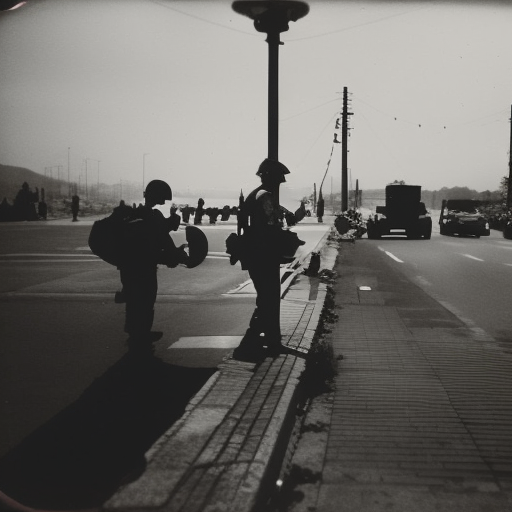Korean Conflict: A Brief Overview
The Korean Conflict, also known as the Korean War, was a military conflict that took place between 1950 and 1953 on the Korean Peninsula. It began when North Korea, supported by the Soviet Union and China, invaded South Korea, which was backed by the United States and other United Nations (UN) member countries. The conflict ended in a stalemate, with an armistice signed in 1953 that established a demilitarized zone (DMZ) between North and South Korea.
Causes of the Korean Conflict
The Korean Conflict was a result of the division of Korea after World War II. At the end of the war, Korea was divided along the 38th parallel, with the Soviet Union occupying the north and the United States occupying the south. The division was intended to be temporary, but as tensions between the two superpowers escalated during the Cold War, the division became permanent.
In 1950, North Korea, under the leadership of Kim Il-sung, launched a surprise invasion of South Korea, aiming to reunify the country under communist rule. The invasion caught the South Korean forces off guard, and they were quickly pushed back. The United Nations Security Council, with the absence of the Soviet Union, passed a resolution condemning the invasion and called for member countries to assist South Korea.
The Course of the Conflict
The conflict quickly escalated into a full-scale war, with both sides receiving military support from their respective allies. The United States led a UN force, composed of troops from various countries, to aid South Korea. On the other side, China sent troops to support North Korea, while the Soviet Union provided military equipment and advisors.
The war was characterized by intense fighting and significant casualties on both sides. The frontlines shifted back and forth as each side gained and lost territory. The most notable battles include the Battle of Inchon, where UN forces successfully launched a surprise amphibious assault, and the Battle of Chosin Reservoir, where US forces fought against overwhelming Chinese troops in freezing conditions.
International Involvement and Armistice
The Korean Conflict was not just a localized conflict but also a proxy war between the United States and the Soviet Union. The United States saw the conflict as an opportunity to contain the spread of communism, while the Soviet Union and China supported North Korea to advance their own geopolitical interests.
Despite the heavy fighting, neither side was able to achieve a decisive victory. As the war dragged on, both sides became increasingly willing to negotiate a ceasefire. In 1953, an armistice was signed, effectively ending the fighting. The armistice established the DMZ, a 2.5-mile-wide buffer zone that separates North and South Korea to this day.
Legacy and Impact
The Korean Conflict had a lasting impact on the Korean Peninsula and the wider world. The war resulted in the deaths of millions of people, including soldiers and civilians from both sides. It also left the Korean Peninsula divided, with North Korea becoming a reclusive communist state and South Korea developing into a prosperous democracy.
The conflict also had broader implications for the Cold War. It solidified the division between the communist and capitalist blocs and set the stage for future conflicts in Asia, such as the Vietnam War. The Korean Conflict also highlighted the limitations of the United Nations in resolving international conflicts, as the war continued despite UN intervention.
In conclusion, the Korean Conflict was a significant military conflict that took place between 1950 and 1953. It was a result of the division of Korea after World War II and the escalating tensions of the Cold War. The conflict ended in a stalemate, with an armistice signed in 1953. Its legacy includes a divided Korea and broader implications for the Cold War.












